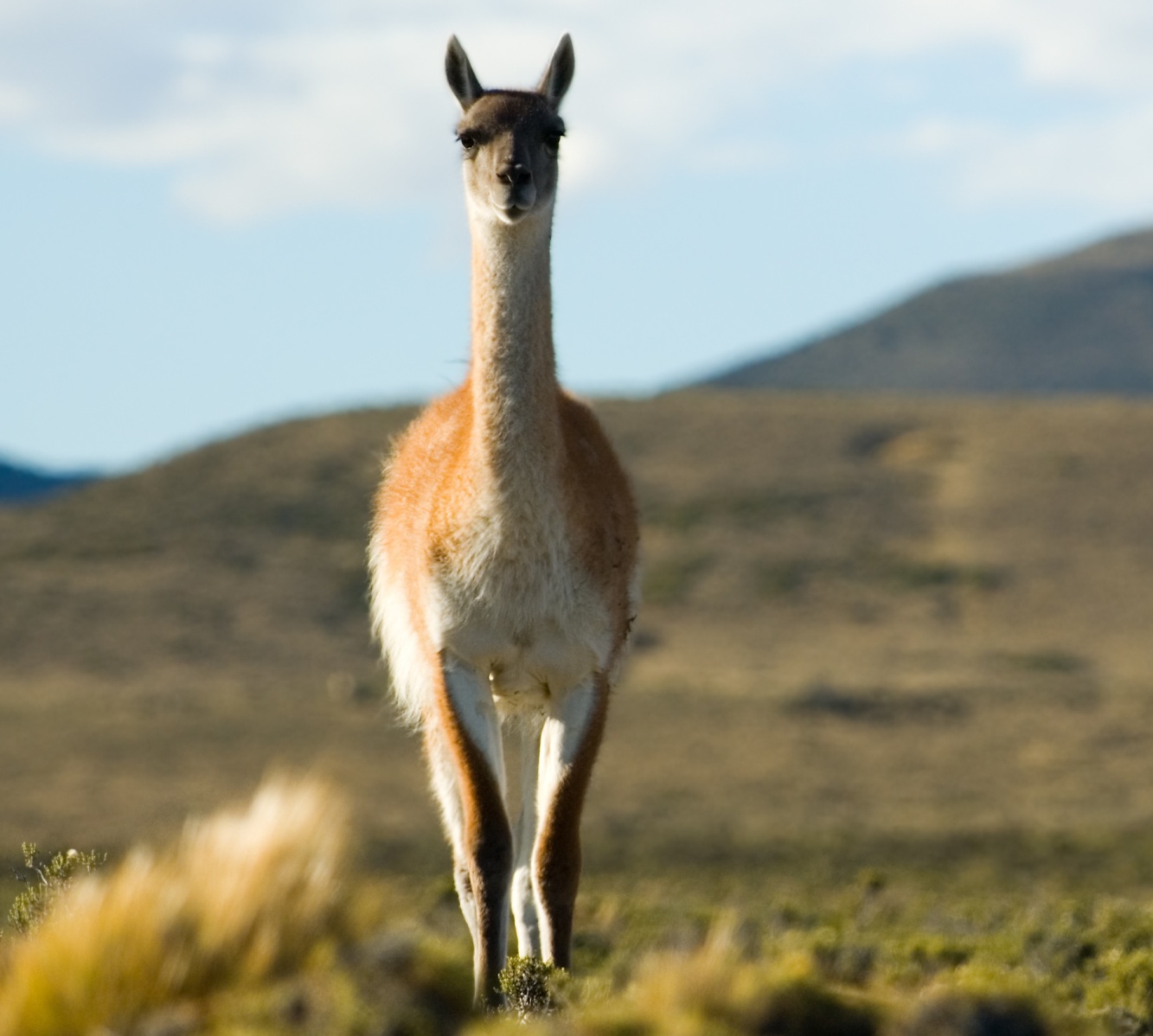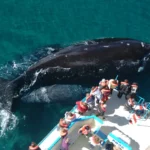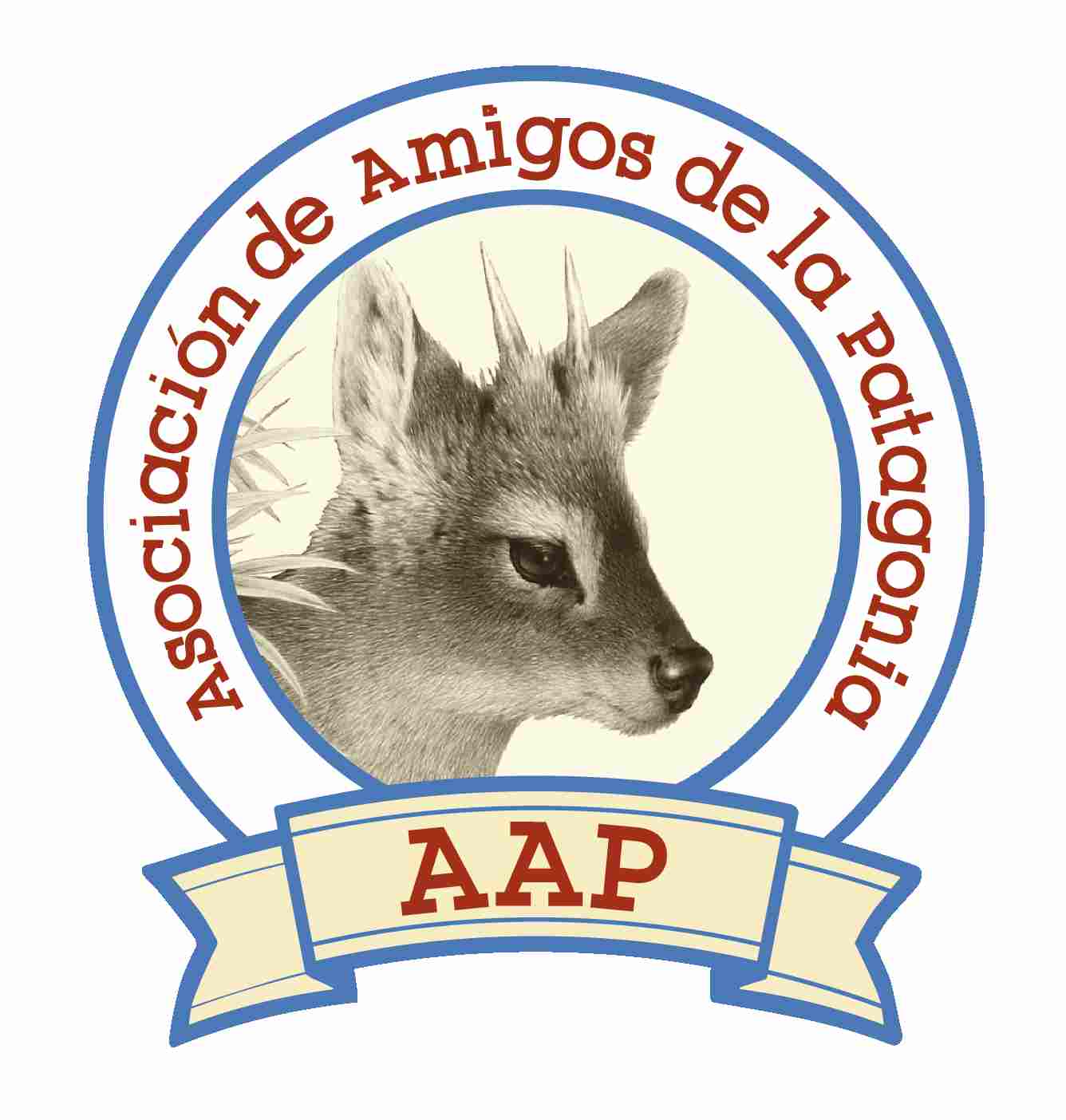
What is a Guanaco? Interesting Facts
The guanaco (Lama guanicoe) is a South American natural animal. The guanaco is closely related to vicuñas, alpacas, and llamas; all of them belonging to a group calle “lamoids”. Guanacos have a long neck, long legs, and a height at the shoulder of less than 4 feet (1.2 meters).
Compared to their relatives the camels, they are smaller and shorter. Guanacos, despite their appearance, can weigh up to 265 pounds (120 kilograms). Guanaco males are bigger than females. A thick, woolly coat that might be rusty red, brownish yellow, or light brown covers all guanacos. Their head, ears, and nape of the neck are often gray; their belly, rump, and the backs of their legs are typically white.
Guanacos’ coloring aids in their ability to blend in with their native grasslands and deserts. In order to shield their eyes from the dust and filth that strong winds blow up, guanacos have huge eyes and thick eyelashes. They have broad, pointy ears. Despite having a similar back structure to that of camels, they do not have humps.
Where do Guanacos live?
You can see them during your trip to South America; Guanacos live in deserts, arid, open terrain, usually on the plains or mountains from the Patagonia to Perú.
Guanacos may subsist in the wild on thorny grasses and bushes; they are not picky eaters. As a result of their high altitude, they typically feed on grasses, leaves, and buds. Guanacos spend most of their time eating, while trying to avoid their predators: if you hear what sounds like a high-pitched laugh echoing across the street, stay alert; they use that sound to alert other guanacos to the potential presence of pumas.
Guanacos lifestyle
Guanacos live in herds of up to ten females, their young and one dominant male. Guanaco baby, also known as chulengo, can walk efficiently only five minutes after birth. For male chulengos, who spend their first year with their mother, the apron strings are abruptly removed and they are driven from the herd. But after a short time of being alone, they eventually start their own herds. Due to different circumstances, such as hard enviromental conditions on the Patagonian plateau, just 30% of chulengo newborns survive to adulthood. The usual life span of a guanaco is 20 to 25 years.
Wildlife tours in Argentina, Chile, Patagonia, and the region
We offer custom tours in Argentina and Chile. As a kick off, we invite you to explore our following wildlife tours, where it’s very frequent to see Guanacos:
- Patagonia Puma Tracking Tour and Orca Whale Watching.
- Tailor Made Vacations Peninsula Valdes
- Patagonia Penguin Tour
- Iguazu Falls Wetlands and Peninsula Valdes
- Argentina Tours
- Patagonia Tours
- Argentina Wildlife Tours
- Patagonia Wildlife Tours
Other wildlife tour (without Guanacos) you may like:
0















